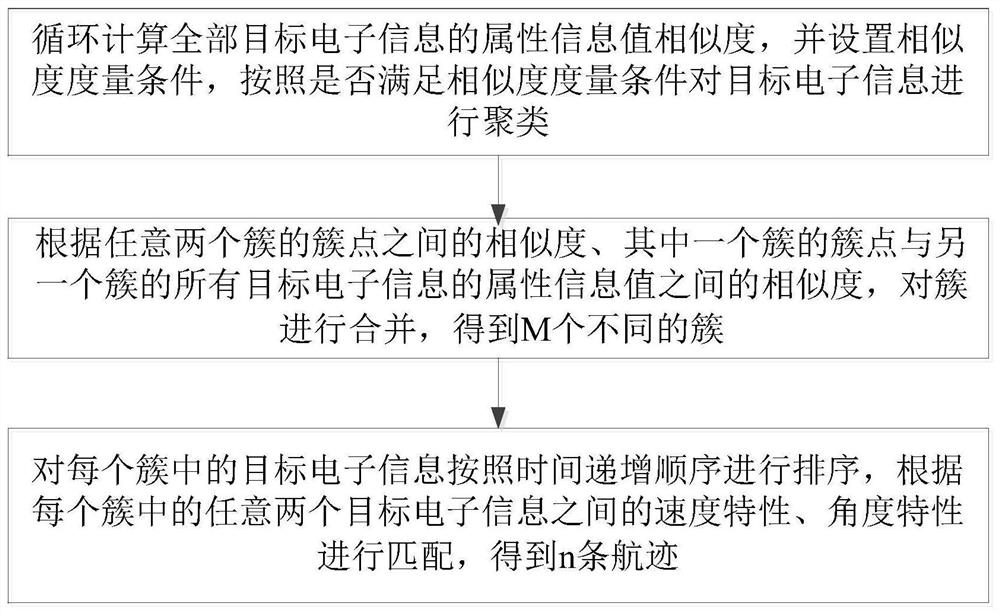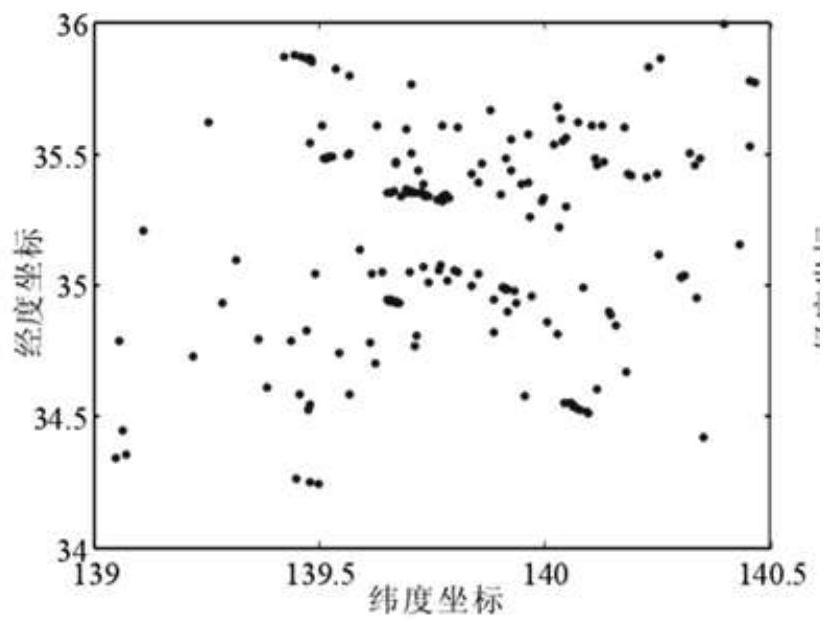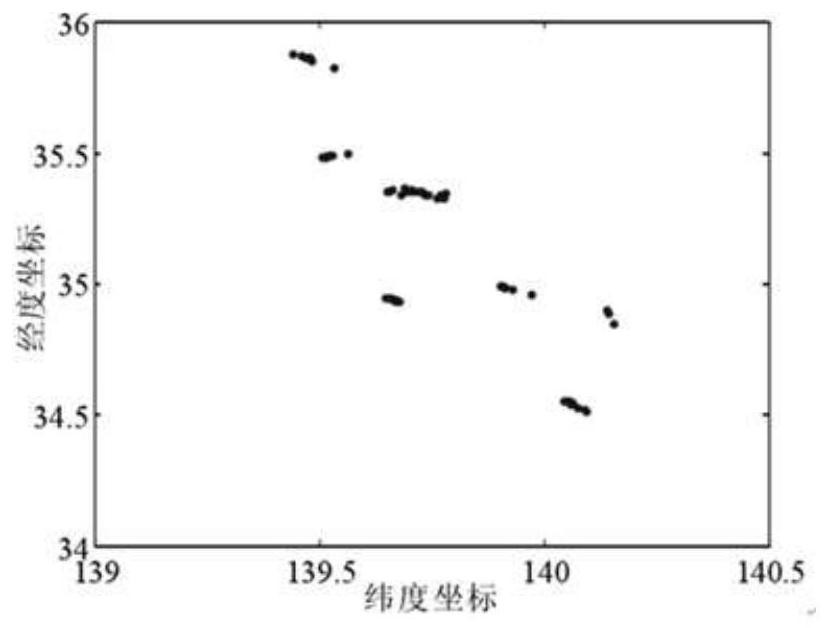Track start discrimination method based on attribute clustering and space-time constraint
A Technology of Track Initiation and Discrimination Methods
- Summary
- Abstract
- Description
- Claims
- Application Information
AI Technical Summary
Problems solved by technology
Method used
Image
Examples
Embodiment Construction
[0048] The present invention will be described in detail below with reference to the accompanying drawings and specific embodiments.
[0049] A method of track initiation discrimination based on attribute clustering and space-time constraints, such as figure 1 shown, including the following steps:
[0050] Step 1. Perform Z-score normalization processing on the attribute information value of each target electronic information. The attribute information value includes the maximum value, minimum value and average value of carrier frequency, pulse width and repetition frequency:
[0051]
[0052] In the above formula, Y represents the initial field value, mean(Y) represents the mean value of the initial field value, and SN(Y) represents the standard deviation of the initial field value.
[0053] Step 2, using the K-means dynamic clustering method to cyclically calculate the similarity of all the target electronic information, and set the similarity measurement conditions, and...
PUM
 Login to View More
Login to View More Abstract
Description
Claims
Application Information
 Login to View More
Login to View More - R&D
- Intellectual Property
- Life Sciences
- Materials
- Tech Scout
- Unparalleled Data Quality
- Higher Quality Content
- 60% Fewer Hallucinations
Browse by: Latest US Patents, China's latest patents, Technical Efficacy Thesaurus, Application Domain, Technology Topic, Popular Technical Reports.
© 2025 PatSnap. All rights reserved.Legal|Privacy policy|Modern Slavery Act Transparency Statement|Sitemap|About US| Contact US: help@patsnap.com



